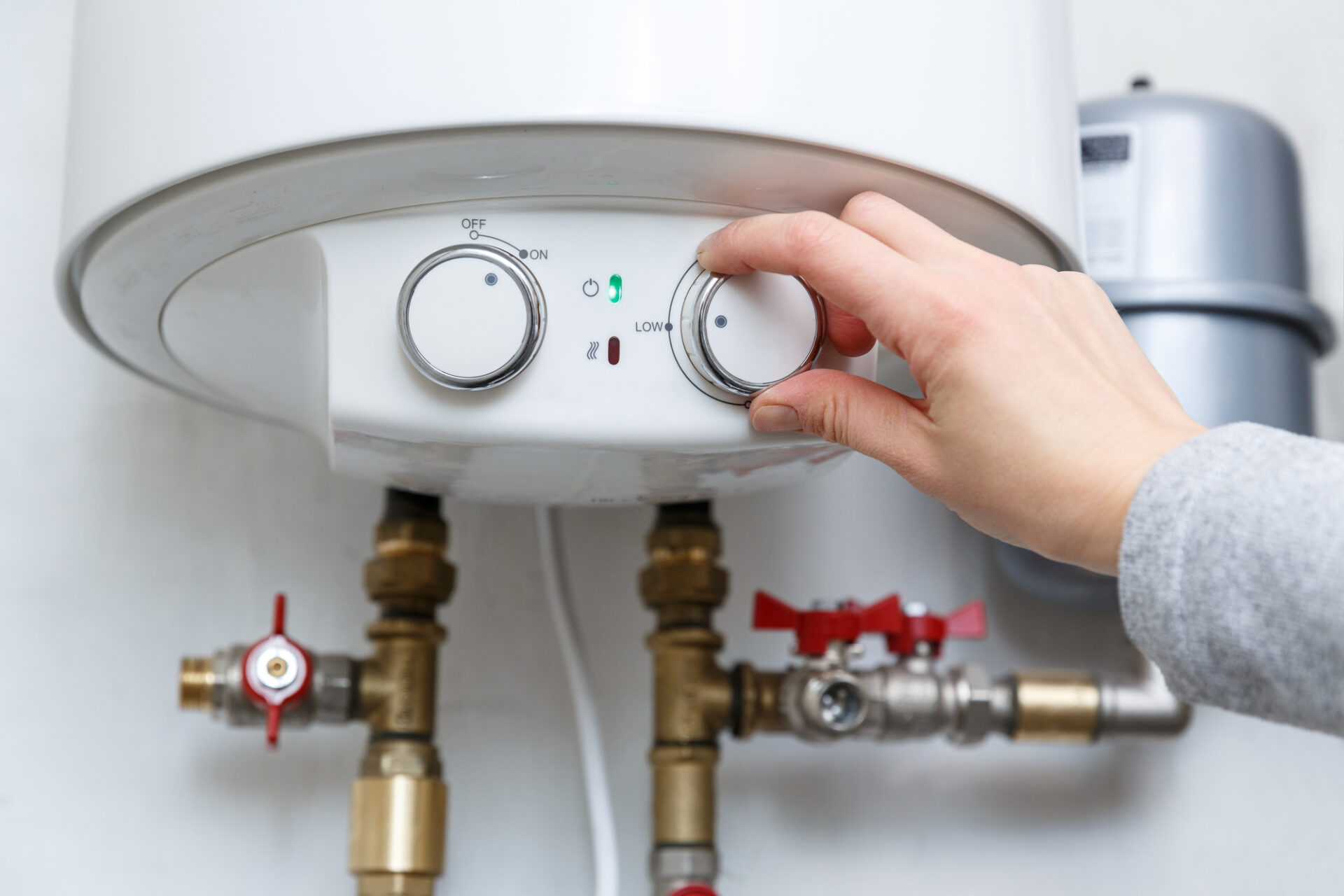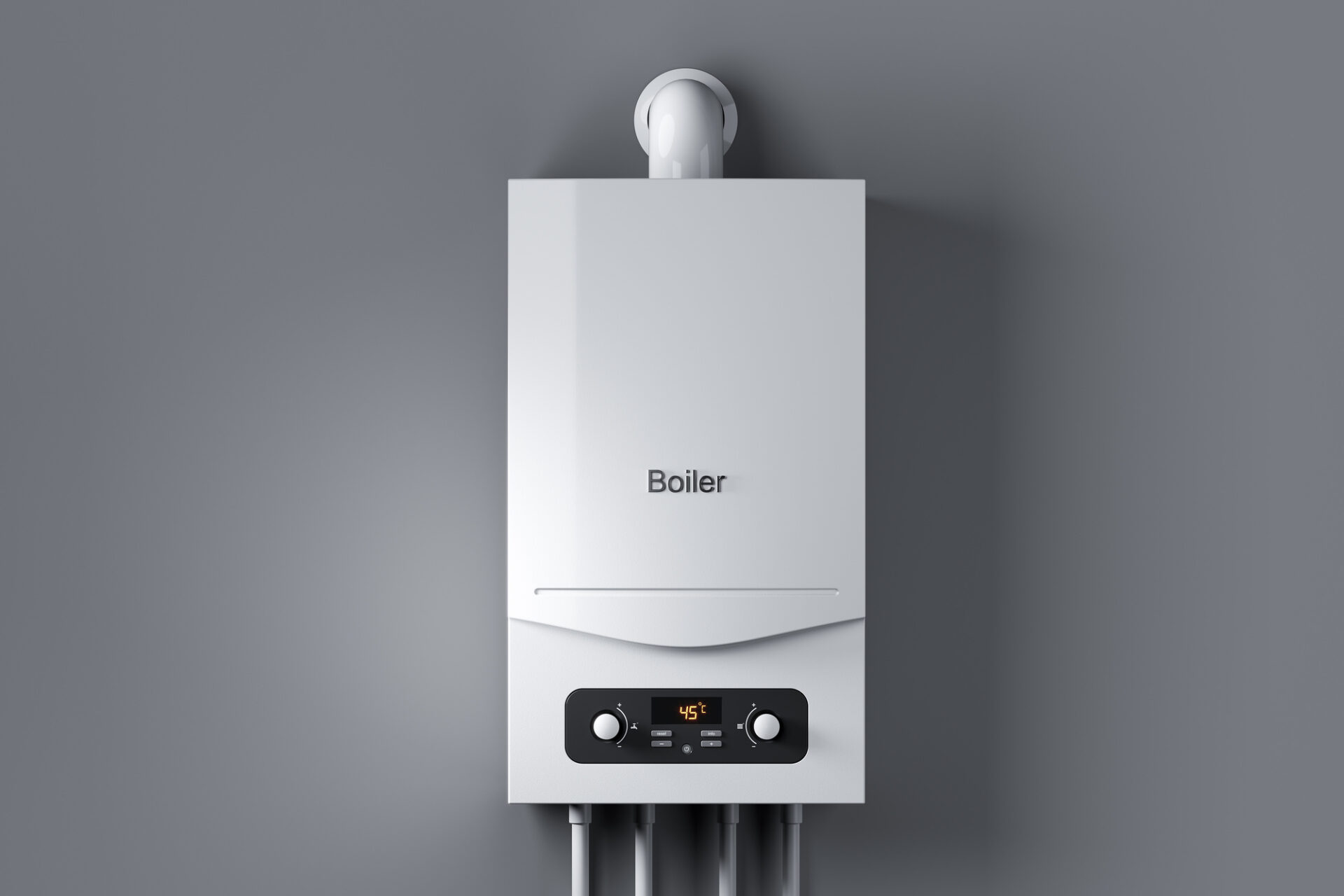Hot water heaters are an essential component of most houses. They provide warm water for showering, cleaning dishes, and doing laundry.
Different types of hot water heaters are available, including traditional tank-based units, tankless heaters, and hybrid models. Some brands like Steibel Eltron Water Heaters and others provide various models that suit your needs. When selecting a hot water heater, it’s essential to consider factors such as the size of the unit, the energy source, and the cost.
Beyond the different factors you need to consider, it’s also essential to know how it works. If you want to know more about hot water heaters, keep reading.
Table of Contents
The Basics Of Hot Water Heaters
The tank, heating element or burner, thermostat, and pressure relief valve are the four main parts of a hot water heater.
The heating element or burner heats the water to the desired temperature while storing it in the tank. The pressure relief valve relieves excess pressure to save the tank from exploding while the thermostat controls the water’s temperature.
Tank-Based Hot Water Heaters
A standard and established method of providing hot water in homes and buildings is via tank-based hot water heaters. A cylindrical tank that stores and heats water makes up these heaters. The tank typically has a layer of insulation to help maintain heat and is built of steel or steel with a glass lining.
Two pipelines are located inside the tank, one to distribute hot water and the other to bring in cold water. The heating element, commonly a gas burner, is at the bottom of the tank. The thermostat, often positioned on the tank’s side, senses the water’s temperature and regulates the heating element to keep the water at a set temperature.
A desired temperature is reached, usually between 120 and 140 degrees Fahrenheit, by heating the water in the tank. Cold water enters through a dip tube and is heated by the heating element while hot water is pulled from the tank. The thermostat turns the heating element on when it detects a dip in temperature to maintain the desired temperature.
Sediment buildup in the tank’s bottom over time might decrease its effectiveness and hasten its wear and tear. Frequent draining and flushing are essential for removing sediment. Depending on the home’s needs, tank-based hot water heaters come in various sizes, from 20 to 80 gallons. Bigger or even numerous tanks may be necessary for larger homes to maintain a sufficient hot water supply.

Female hand puts thermostat of electric water heater (boiler) in low low power consumption mode . Household enegry saving equipment
Tankless Hot Water Heaters
Tankless hot water heaters are a contemporary and effective technique to provide hot water in homes and buildings. They don’t keep hot water in a tank like heaters with tanks do. Instead, they warm the water as it passes through the appliance, giving customers access to hot water whenever needed.
Electric and gas tankless heaters are available in various styles and operate in multiple ways. Water is heated by passing it through a heat exchanger using a burner in a tankless gas heater. An electric heating element heats water as it passes through a pipe in a tankless heater.
Cold water passes through the appliance and is heated by the burner or heating element when a hot water tap is turned on. Fast and effectively heated, hot water is available immediately. The tankless heater stops heating the water when the tap is shut off, assisting in energy conservation.
Electric Hot Water Heaters
Electric hot water heaters primarily heat water using electricity as a fuel source. These water heaters are typical in homes and businesses without access to gas or other fuel sources or where a gas connection is unavailable.
A heating element is found inside the tank of an electric hot water heater. The heating element heats up when electricity passes through it, heating the water in the tank. A thermostat manages the water’s temperature and controls the heating element by turning it on and off to keep the water at the desired temperature.
Gas Or Propane Hot Water Heaters
These water heaters are a common choice for homes and buildings with access to natural gas or propane. They function by heating water in a tank using a gas burner.
The bottom of the tank houses the gas burner on gas hot water heaters. The water in the tank is heated to the desired temperature when the burner is lit. A thermostat that regulates the water’s temperature and switches the burner on and off as necessary to keep the stable temperature controls the burner.
Conclusion
A hot water heater is a need in the majority of homes. They’re available in various shapes and sizes, and how they work depends on the heater you have.
No matter what kind of hot water heater you have, it’ll all heat and store water to be ready when needed. Making decisions concerning your home’s hot water requirements might be facilitated by thoroughly understanding how they operate. Having the knowledge also helps to maintain the water heater so it can work for a long time.





